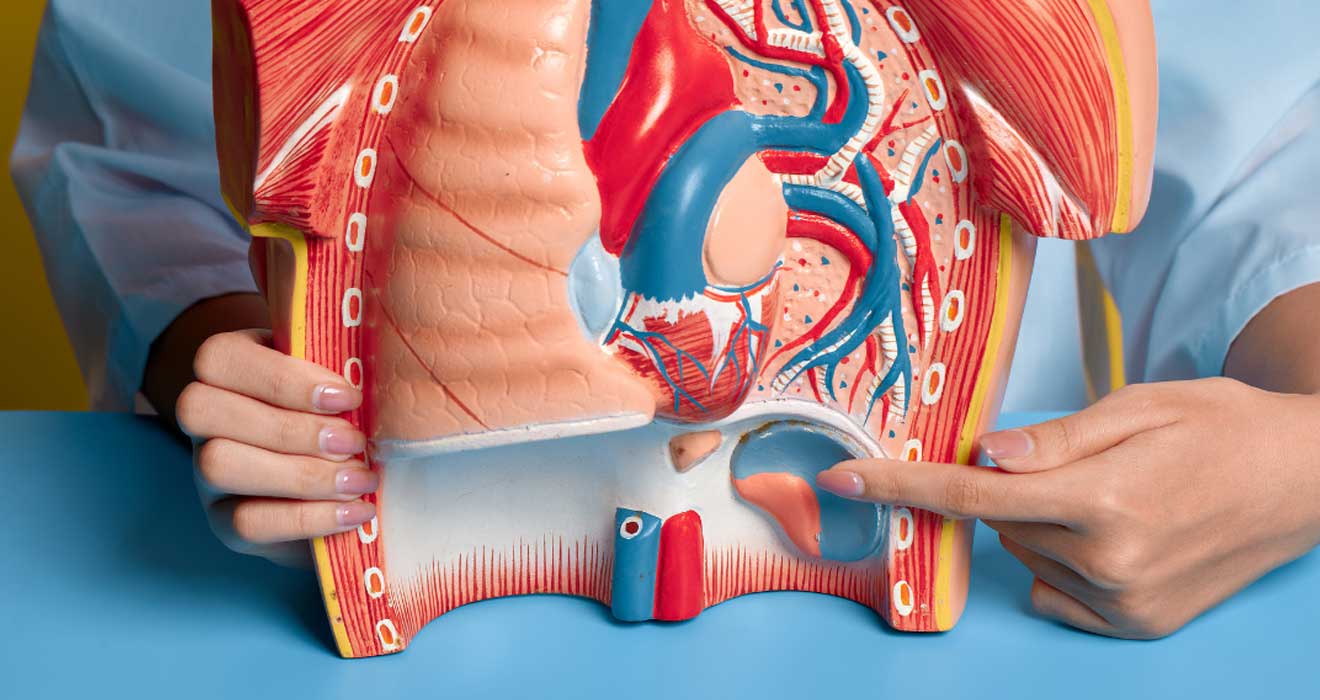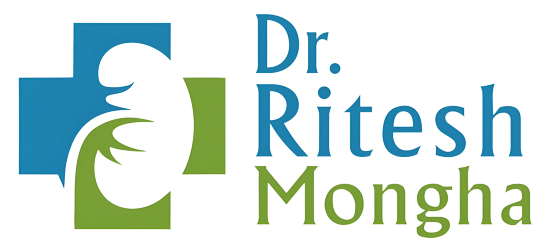Kidney Stones Treatment
Including large / complex stones

Management through advanced techniques such as Laser Lithotripsy, Mini-PCNL, and RIRS (Retrograde Intrarenal Surgery), offering effective stone clearance with minimal downtime.
Understanding Kidney Stones
Kidney stones form when substances like calcium, oxalate, or uric acid in the urine become too concentrated and crystallize. Common symptoms include intense pain in the back or side, blood in the urine, nausea, vomiting, and frequent or painful urination. Risk factors include dehydration, diets high in sodium or protein, obesity, and a family history of kidney stones.
Initial Management and Pain Relief
The first step in treating kidney stones is managing the acute pain, which can be debilitating. Over-the-counter pain relievers like ibuprofen or acetaminophen may help with mild discomfort, but severe pain often requires prescription medications such as opioids or nonsteroidal anti-inflammatory drugs (NSAIDs) like ketorolac. Doctors may also prescribe anti-nausea medications to address vomiting. During this phase, patients are encouraged to stay hydrated, as increased fluid intake can help flush smaller stones (less than 5mm) through the urinary tract naturally.
Medical Treatments for Small Stones
For stones small enough to pass on their own, medical expulsive therapy (MET) may be used. This involves medications like alpha-blockers (e.g., tamsulosin), which relax the ureter muscles, facilitating stone passage. Patients are typically advised to drink 2-3 liters of water daily and may be given a strainer to catch the stone for analysis. Dietary changes, such as reducing sodium, oxalate-rich foods (like spinach), and animal protein, can also support stone passage and prevent new stones from forming.
Interventions for Larger Stones
Larger stones (over 5mm) or those causing complications like infection or obstruction often require more invasive treatments. Extracorporeal Shock Wave Lithotripsy (ESWL) is a non-invasive procedure that uses shock waves to break stones into smaller fragments that can be passed more easily. It’s most effective for stones in the kidney or upper ureter. For stones in the lower ureter or those resistant to ESWL, ureteroscopy may be used. This involves inserting a thin scope through the urethra to the stone’s location, where it can be broken up with a laser or removed directly. In rare cases, for very large stones (over 2cm) or complex cases, Percutaneous Nephrolithotomy (PCNL) is performed, where a small incision in the back allows direct access to the kidney to remove the stone.
Preventing Recurrence
After treatment, preventing future stones is critical. A 24-hour urine test can identify specific risk factors, guiding personalized prevention strategies. Increasing fluid intake to produce at least 2 liters of urine daily is key. Dietary adjustments, such as limiting sodium, oxalate, and animal protein while increasing citrate-rich foods (like lemons), can help. Medications like thiazide diuretics for calcium stones or allopurinol for uric acid stones may be prescribed based on stone type. Regular follow-ups with a healthcare provider ensure long-term management.
Conclusion
Kidney stone treatment varies depending on stone size, location, and patient health. From pain management and medical therapy to advanced procedures like ESWL or PCNL, options abound to alleviate suffering. With proper care and lifestyle changes, recurrence can be minimized, ensuring better kidney health and quality of life.
